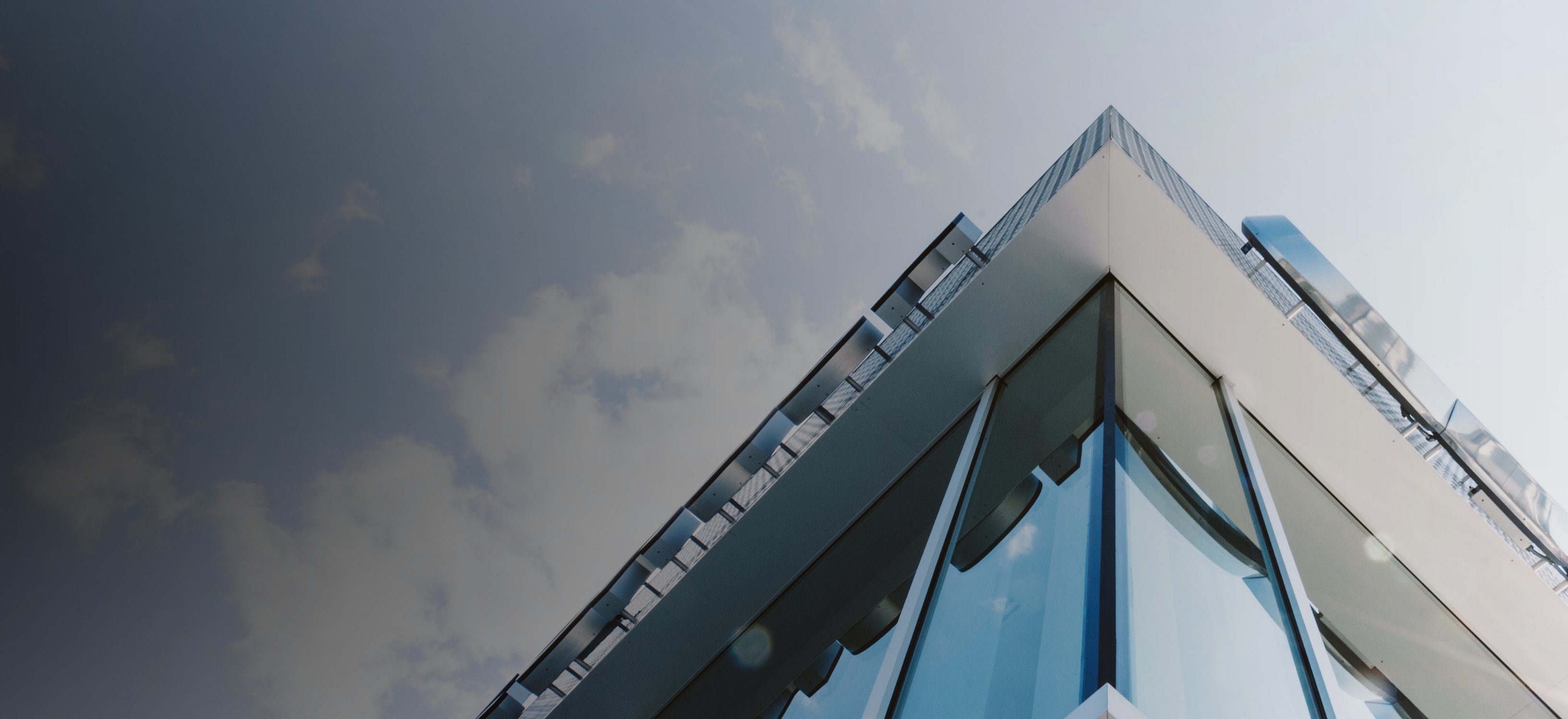In a world racing toward climate deadlines, architects aren’t just designers—they’re climate responders. Net-zero buildings, which produce as much energy as they consume annually, are no longer futuristic concepts. They’re today’s standard for forward-thinking firms. But where do you start? This guide breaks down the entire process into actionable, human-centered steps—even if you’ve never touched an energy model before.
🔑 Keynotes: What You’ll Gain
- A clear 7-step roadmap to net-zero building design—from site analysis to commissioning.
- Real-world strategies used by leading firms (with examples you can adapt).
- How to avoid the 3 most common pitfalls that derail net-zero projects.
Keep reading—you’re about to turn climate anxiety into design confidence.
What Is a Net-Zero Building?
A net-zero energy building (NZEB) is one that generates enough renewable energy on-site—typically via solar, wind, or geothermal—to offset its annual energy consumption. The ArchDaily guide to NZEBs emphasizes that true net-zero design starts long before solar panels are installed—it begins with radical efficiency.
Crucially, net-zero isn’t just about energy. The Dezeen coverage shows how top architects now integrate water reuse, embodied carbon reduction, and occupant well-being into the equation.
Step 1: Define Your Net-Zero Goals Early
Before drawing a single line, align with your client on what “net-zero” means for the project. Is it:
- Net-zero energy?
- Net-zero carbon (including embodied emissions)?
- Net-zero water?
Clarity here prevents costly redesigns later. At IntellectArchitects, we intend to use a sustainable design checklist during the briefing phase to lock in targets.
Step 2: Optimize Site Orientation and Massing
Your building’s shape and position are your first energy tools. In Nigeria’s tropical climate, prioritize:
- North-south orientation to minimize direct east-west sun exposure
- Compact forms to reduce surface-area-to-volume ratio
- Strategic overhangs and courtyards for natural ventilation
This passive-first approach can slash cooling loads by up to 40%—before you even consider mechanical systems.
Step 3: Super-Insulate and Seal the Envelope
In hot climates, insulation isn’t just for cold regions—it keeps heat out. Use materials like:
- Expanded cork or cellulose insulation (low embodied carbon)
- Double- or triple-glazed low-e windows
- Airtight membranes to prevent uncontrolled airflow
Remember: a leaky envelope forces HVAC systems to work harder, blowing your energy budget.
Step 4: Integrate Passive Cooling and Daylighting
Daylighting reduces electric lighting needs by up to 80%. Combine it with:
- Light shelves to bounce light deeper indoors
- Operable windows aligned with prevailing winds
- Thermal chimneys or stack ventilation
Step 5: Choose Ultra-Efficient Systems
When you do need mechanical systems, go high-efficiency:
- Variable refrigerant flow (VRF) HVAC systems
- Heat pump water heaters
- LED lighting with occupancy sensors
Always model these in tools like Autodesk Insight to predict real-world performance.
Step 6: Generate On-Site Renewable Energy
Solar is the go-to in Nigeria. But don’t just slap panels on the roof:
- Integrate PV into canopies, facades, or carports
- Pair with battery storage for nighttime use
- Size your system based on your reduced energy load (thanks to Steps 1–5!)
Over-sizing is a common mistake—efficiency first, then generation.
Step 7: Monitor, Verify, and Iterate
Net-zero isn’t “set and forget.” Install submeters and energy dashboards to track performance. If the building underperforms, diagnose why—was it occupant behavior? Equipment failure? Design gap?
We’ve helped clients use post-occupancy evaluations to refine future projects.
Common Pitfalls (And How to Avoid Them)
- Pitfall 1: Treating net-zero as an add-on, not a core design driver.
Solution: Start with energy targets in the concept phase. - Pitfall 2: Ignoring embodied carbon in materials.
Solution: Specify timber, bamboo, or recycled steel where possible. - Pitfall 3: Underestimating user behavior.
Solution: Educate occupants and design intuitive controls.
Ready to Design Smarter?
Do you want to Download a free Net-Zero Design Starter Kit—includes checklists, material guides, and climate-responsive templates for Nigerian architects.
Note: we will consider packing this if we get enough responses.
Go ahead and drop an email.
Get in →Similar Posts You’ll Love
- Passive Cooling Strategies for Tropical Climates
- How AI is Accelerating Sustainable Architecture









No comments:
Post a Comment
Don't Forget to Let us Know What you Think About this Post in the Comment Box.